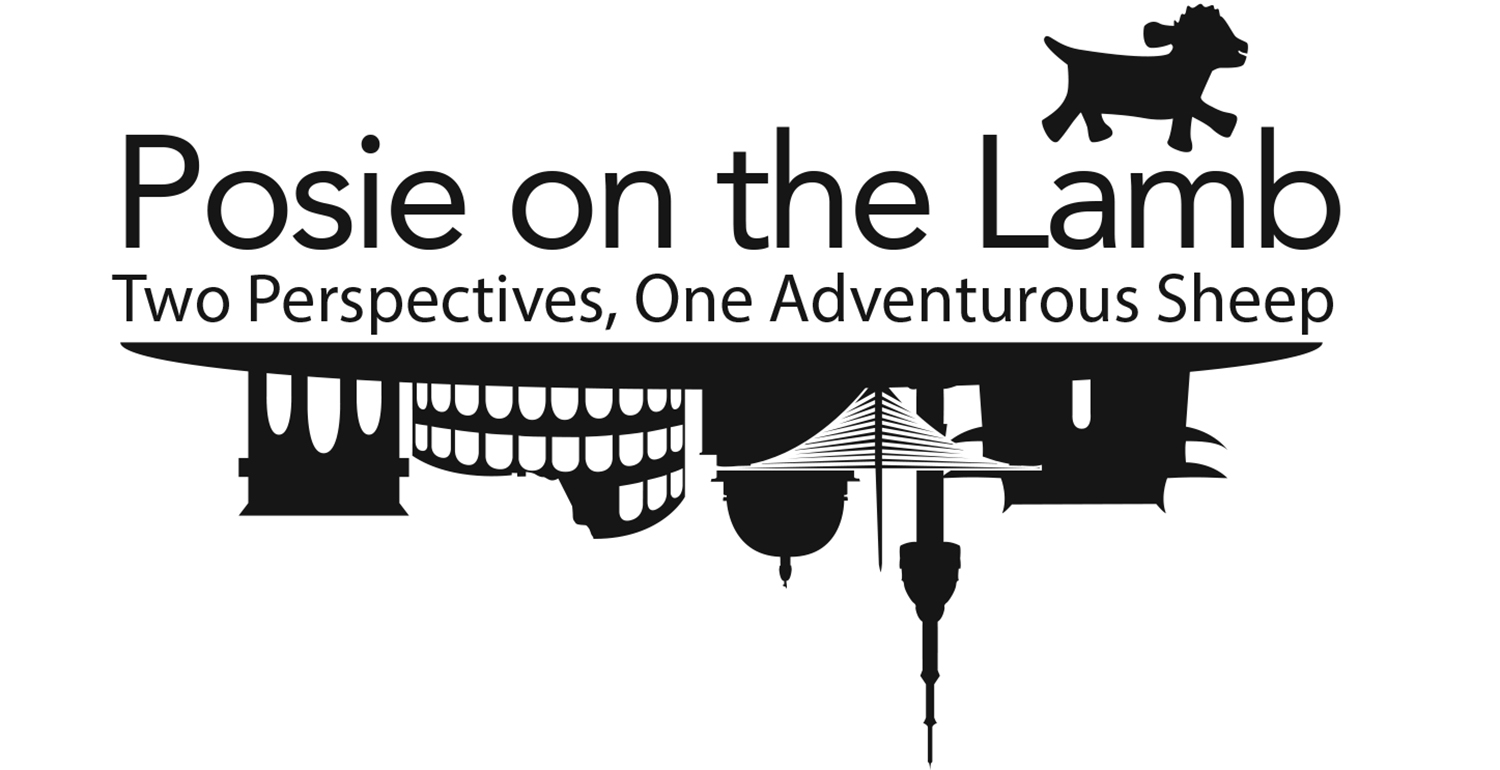Saying Hello, Thailand Style

So we have a lot of things to do to get ready for our upcoming transition to Southeast Asia, but one of the most fundamental is learning a bit of language, saying hello and all that. Thailand is supposed to be very user friendly to English speakers, but Erin and I have learned people really appreciate it when you use the local language (even if you're godawful at it). It's just common courtesy. We're going to be in their country, after all. Before we begin, a couple things of note. Thai language is tonal. Unlike English, it's pretty critical to pronounce words with the proper emphasis and tone, otherwise you may be completely unintelligible to a native speaker. For most of these words, I'll be linking to a video series on Youtube that gives pronunciation guides, so you can hear what they sound like in context.
Hello:
สวัสดี - pronounced: sa-wat-dee
Now, that's pretty basic, but there's actually a little more to it. If you're a man, you add ครับ, or khrap. Yes, that sounds like 'crap.' No giggling.
If you're a woman, you add คะ, kha.
So altogether, you say sa-wat-dee khrap or sa-wat-dee kha. The gender specific honorific at the ending increases the politeness of the phrase, always a good thing when meeting new people.
My name is...
masculine: ผมชื่อ____ครับ - pronounced pom shue (your name) khrap
feminine: ดิฉันชื่อ____คะ - pronounced di shan shue (your name) kha.
Notice again, there are gender specific ways of saying things.
Now, thus far this has just been text on a website. But the Thai language is musical, and to speak it properly, you have to hear it in context. Here's a wonderfully helpful lady giving an example of all of the above.
Of course, verbal greetings are only part of saying hello. Nonverbal gestures are often just as important, if not more. For example, in Korean culture, a polite bow is as ubiquitous as any words you might say. Thailand, too, has nonverbals that serve as greetings. In this instance, they're called wai ( ไหว้).
Essentially, this involves placing your palms together over your chest in a gesture that looks similar to prayer, then bowing your head over your hands. There are a number of different ways to do this, depending on the status of the person you are addressing. Again, my Youtube friend has a handy guide. I strongly recommend checking it out if you're going to Thailand in the near future. Alternatively, and for a bit more background, you can read the wikipedia page on the subject.
Last, but certainly not least, EVERYONE should know how to say thank you, and I'm sorry. Seriously. Those are just about the only two phrases of Korean that have managed to stick in my head (aside from the general 'hello') and I can navigate 90% of generic social interactions (shopping in a store, going for a walk, riding the bus) with just those.
Thank you:
masculine: ขอบคุณครับ - pronounced khawp khun khrap
feminine: ขอบคุณคะ - pronounced khawp khun kha
and of course, I'm sorry:
masculine: ขอโทษครับ - pronounced khaw thoot khrap
feminine: ขอโทษคะ - pronounced khaw thoot kha
And again, for pronunciation help, a Youtube video.
And that's our Thai lesson of the day. Now I know how to say hello, and a few other useful bits of gestures and phrases. Hopefully, I will not make too big of an ass out of myself. Though if I do, I know how to apologize, too. So at least there's that.
-Sam
